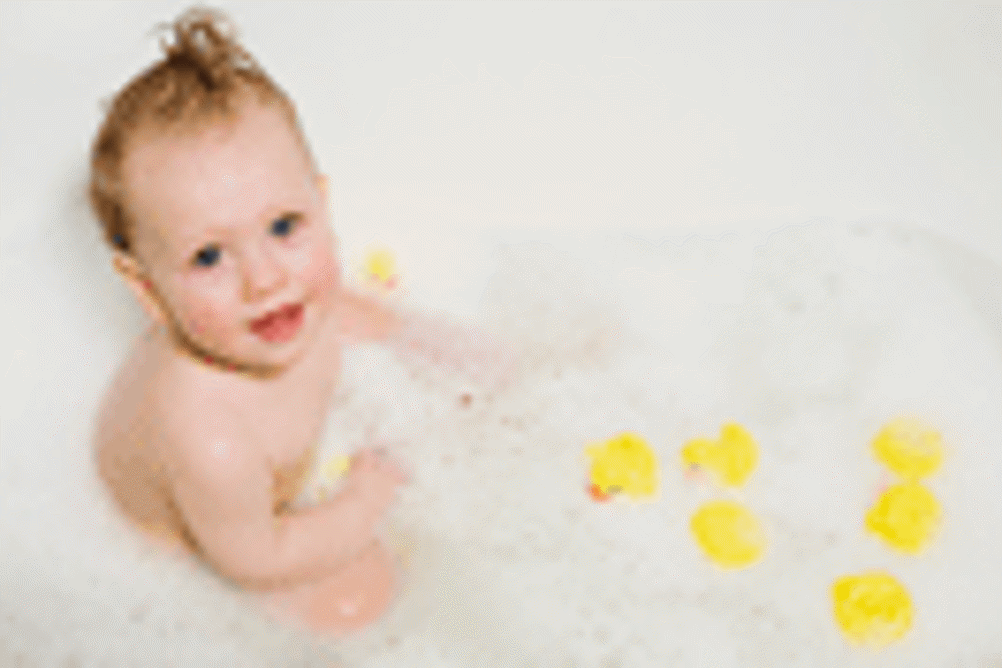
Offering a bath time in the nursery provides babies with an experience that is not only familiar and comforting but rich in opportunities for sensory exploration.
ORGANISATION
RESOURCES
Provide a range of resources such as:
ADULT ROLE
WHAT NEXT?
Register now to continue reading
Thank you for visiting Nursery World and making use of our archive of more than 35,000 expert features, subject guides, case studies and policy updates. Why not register today and enjoy the following great benefits:
What's included
-
Free access to 4 subscriber-only articles per month
-
Unlimited access to news and opinion
-
Email newsletter providing activity ideas, best practice and breaking news
Already have an account? Sign in here
